One Stop Solution
In 1996, three architects, Richard Lehner, John H. Catlin, and Douglas Mohnke founded LCM Architects. The core practice was architecture; however, these three visionary architects saw a need within our industry and made an intentional choice to offer a specialty service – accessibility consulting.
Douglas Anderson brought his extensive experience to the firm in 1998, and cultivated LCM’s industry-leading expertise in strategic accessibility planning for a variety of clients from Fortune 500 companies, Ivy League Institutions, and a variety of multi-site retail stores, restaurants, and renowned international hotel and resort chains.
Our staff of sixty-plus dedicated professionals is made up of licensed architects, designers, certified accessibility specialists, and support staff. Our unique blend of skills in architectural design and accessibility consulting enables us to provide quality design, technical accuracy, and cost-effective strategies to help our clients make informed decisions. Together, we share in the mission to create built environments that support an inclusive society.

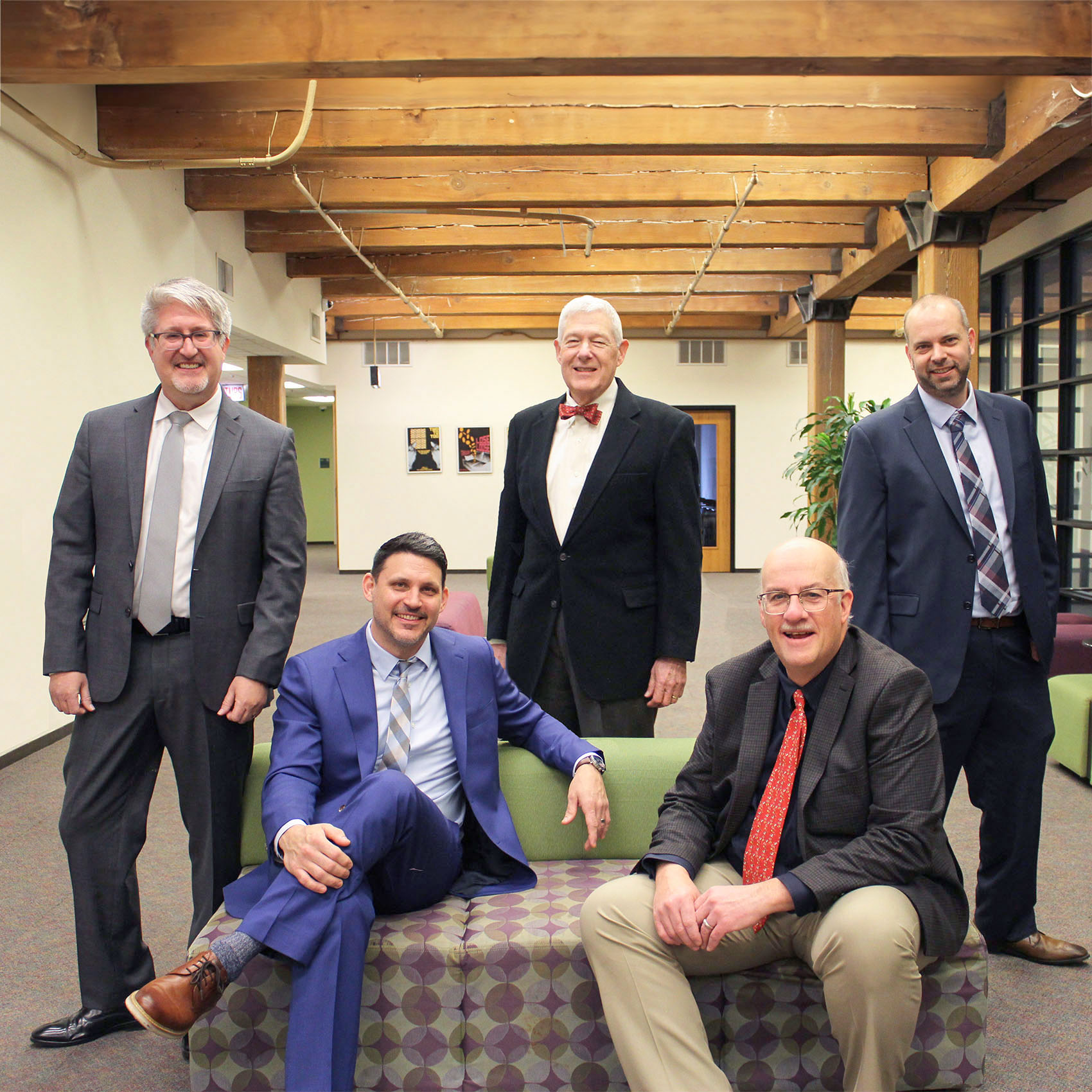
SENIOR LEADERSHIP
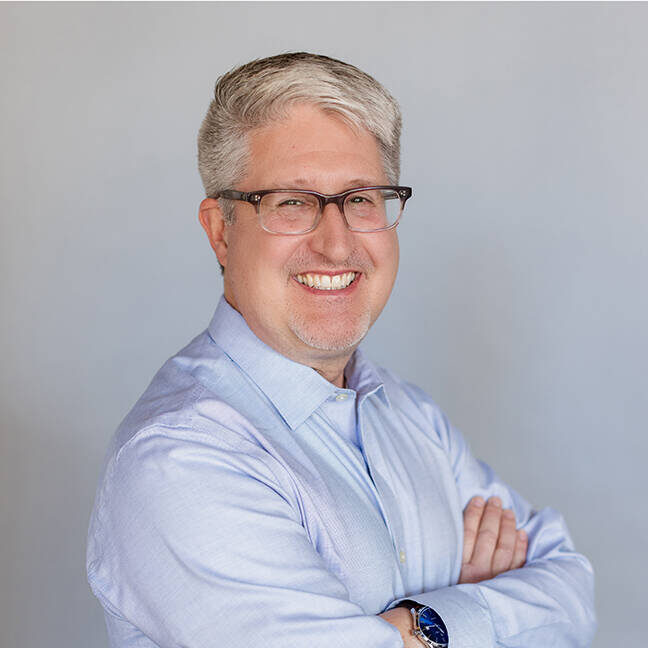
Doug Anderson
Partner
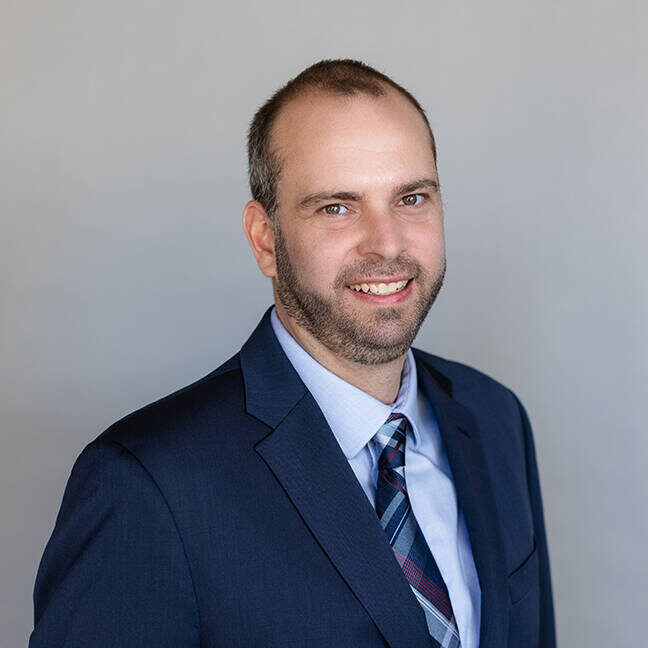
Casey Burch
Partner
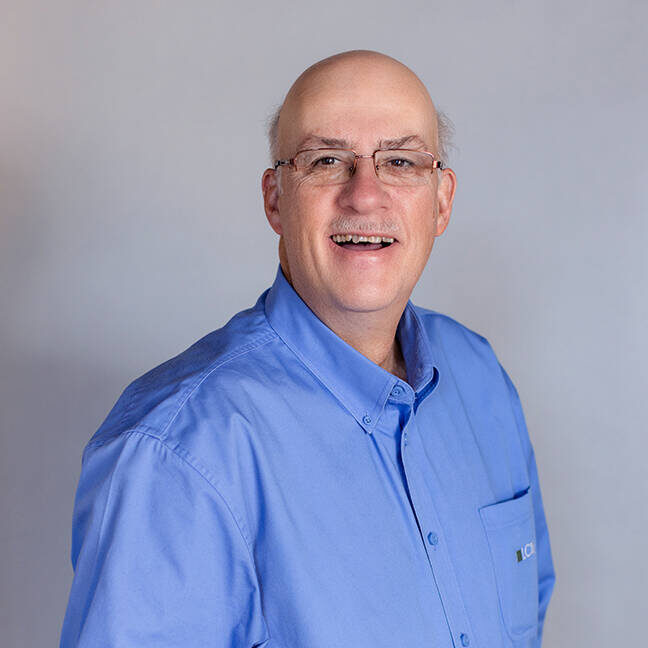
Mark Small
Partner
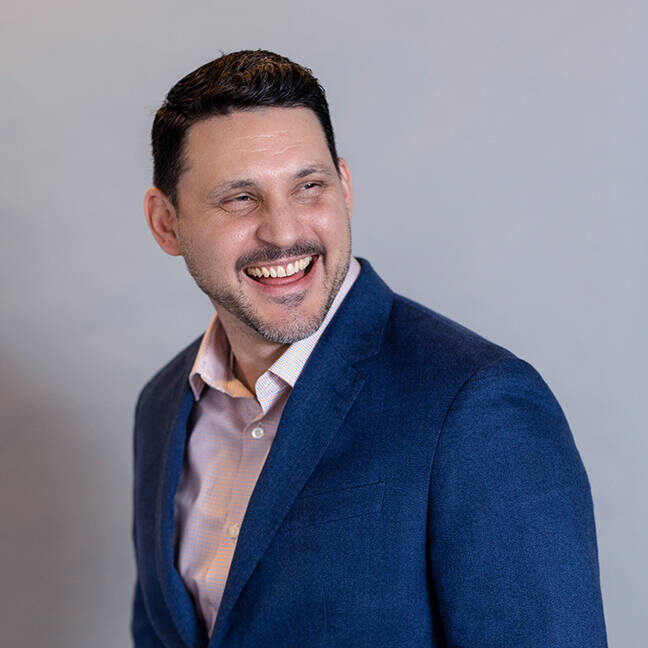
Todd Douglas
Partner
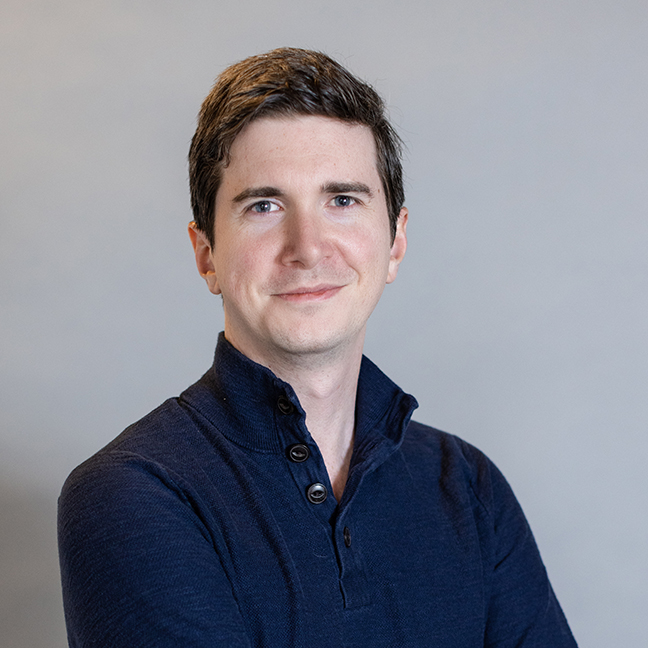
Alec Thornton
Senior Associate
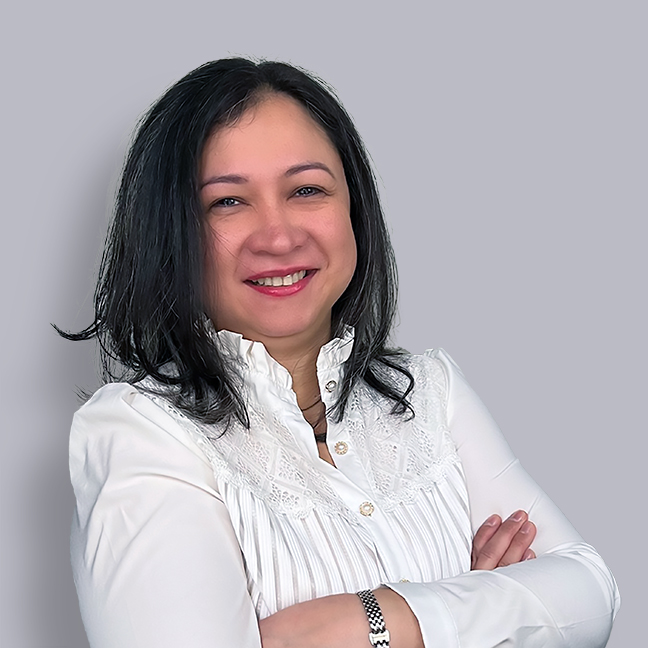
Michelle Winnecke
Associate Principal
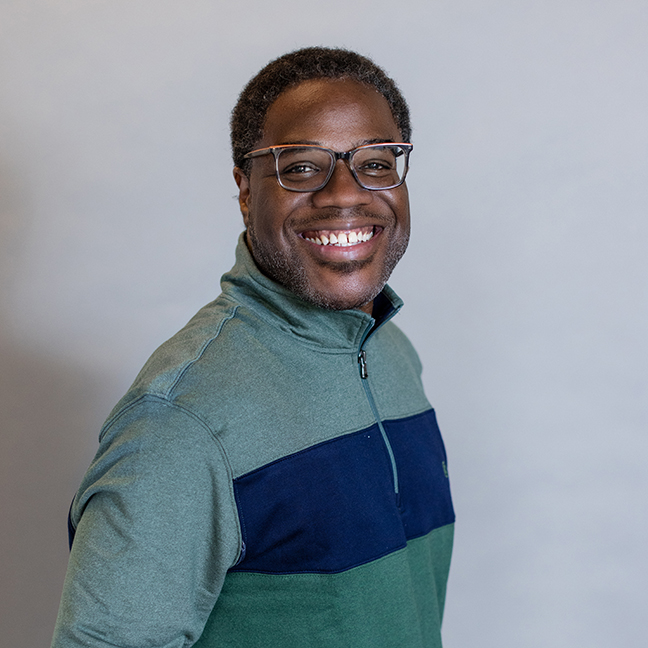
Michael Arnold
Senior Associate
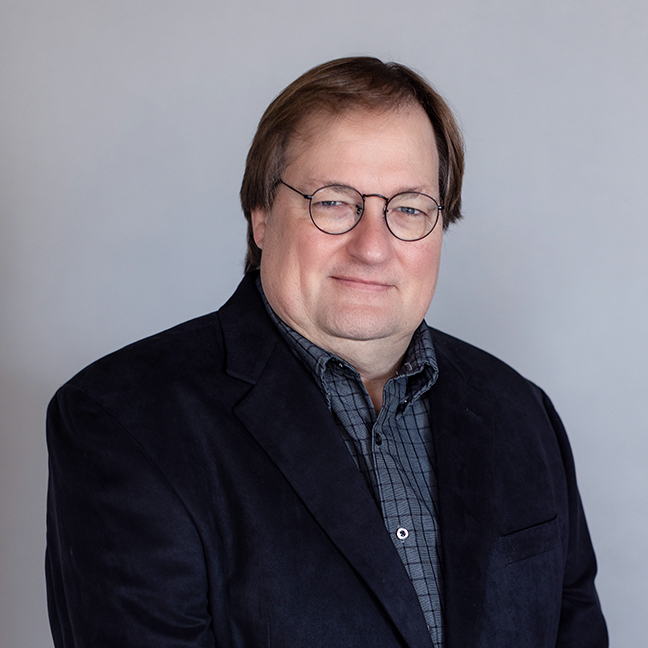
Steve Rybicki
Associate Principal
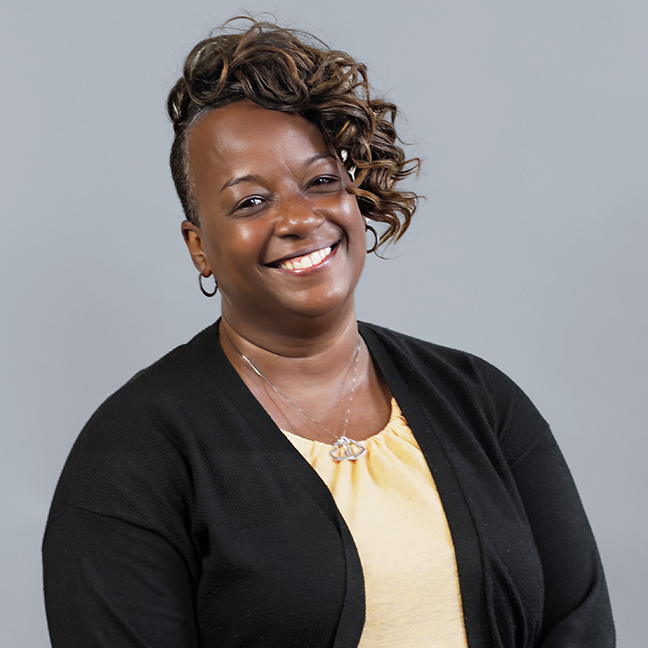
Kimberley Sydnor
Associate Principal
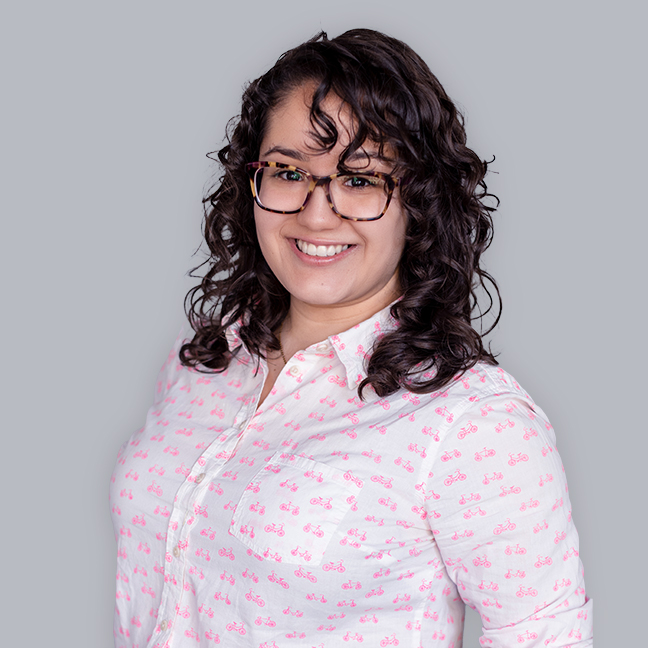
Teresita Pineda
Associate
Our Team
Our people come from diverse backgrounds and experiences. Their many talents collectively shape the firm’s work. We welcome these multiple perspectives as they enrich our problem-solving approach and lead to more creative, inclusive solutions.
Together, we share the belief that a healthy work-life balance is the foundation of our culture. We believe diversity enriches and challenges our thinking about the built environment.
Underrepresented Ethnic Groups include Asian Pacific Islander, Black, Hispanic, and Middle Eastern.